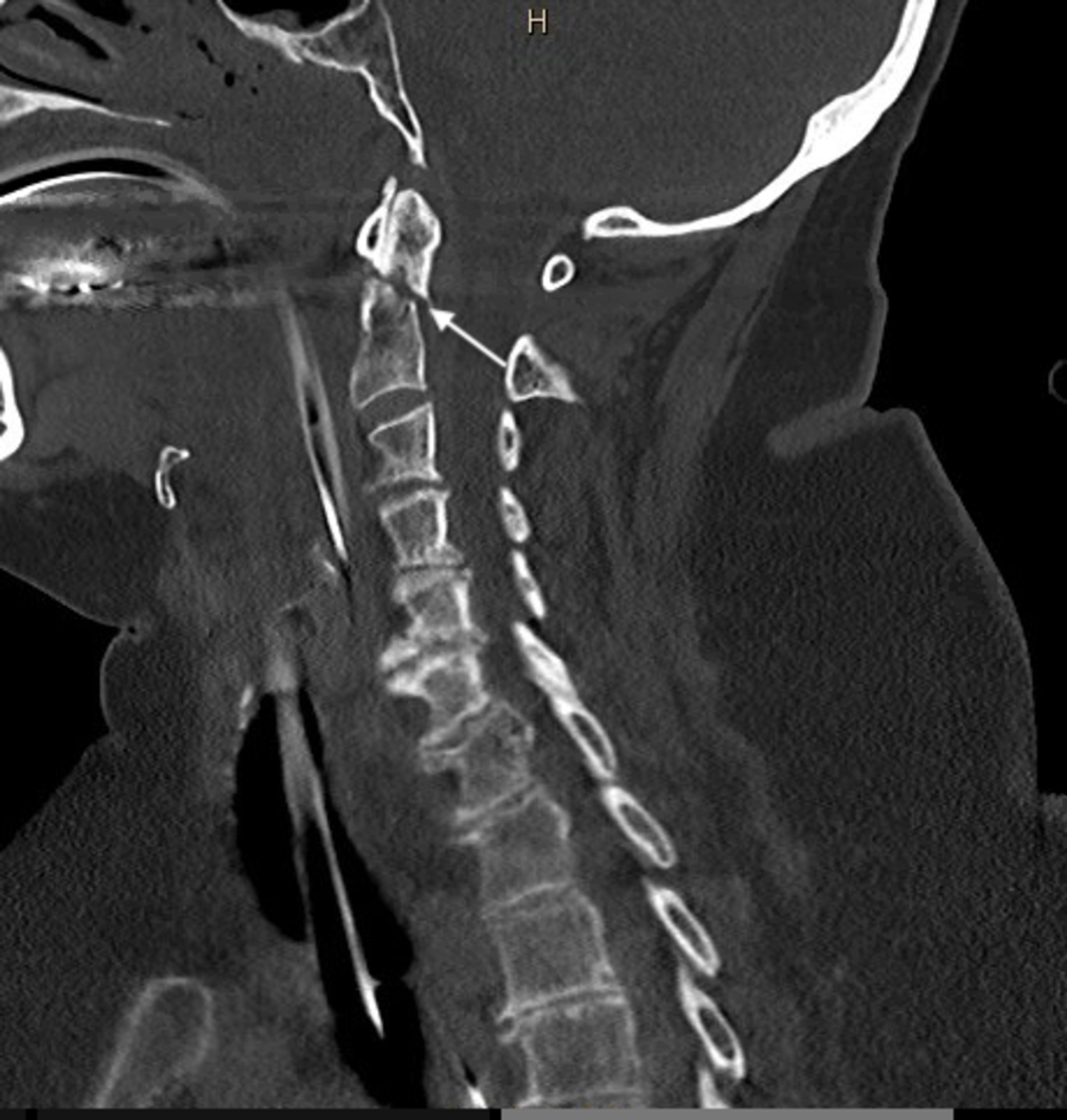


A message is sent to PACS from the engine with the classification information. Abstract Odontoid fractures constitute the most common cervical fractures in elderly. The system categorizes the odontoid as normal or fractured using a binary classifier. Images are obtained from the modality and sent to PACS and the AI engine. Type I: A fracture of the upper part of the process (the tip.) Type II: A Fracture at the base of the dens. The physician is informed of this categorization at the time of interpretation. Harrop, in Schmidek and Sweet Operative Neurosurgical Techniques (Sixth Edition), 2012 Odontoid Fracture. Various alternatives of treating odontoid fractures are reviewed, including late internal fixation, which has become an accepted treatment and multiple. A total of 6 articles reported epidemiologic data or discussed fracture pathogenesis. An algorithm evaluates the lateral and odontoid views and categorizes the odontoid process as intact or fractured. This is the point of insertion for the alar ligaments.
#Odontoid fracture type 1 series#
AI meeting this use case would help to reduce the false negative rate, patient risk, and medicolegal risk for physicians and facilities involved in the care of trauma patients.Ī 25-year-old patient presents with head and neck trauma, and a cervical spine 3-view series (AP, lateral, and odontoid view) is taken in the emergency room. A type I odontoid fracture involves the tip of the dens. Odontoid fracture is a potentially devastating injury that is often subtle and underreported on cervical spine radiographs by radiologists and emergency physicians.


 0 kommentar(er)
0 kommentar(er)
